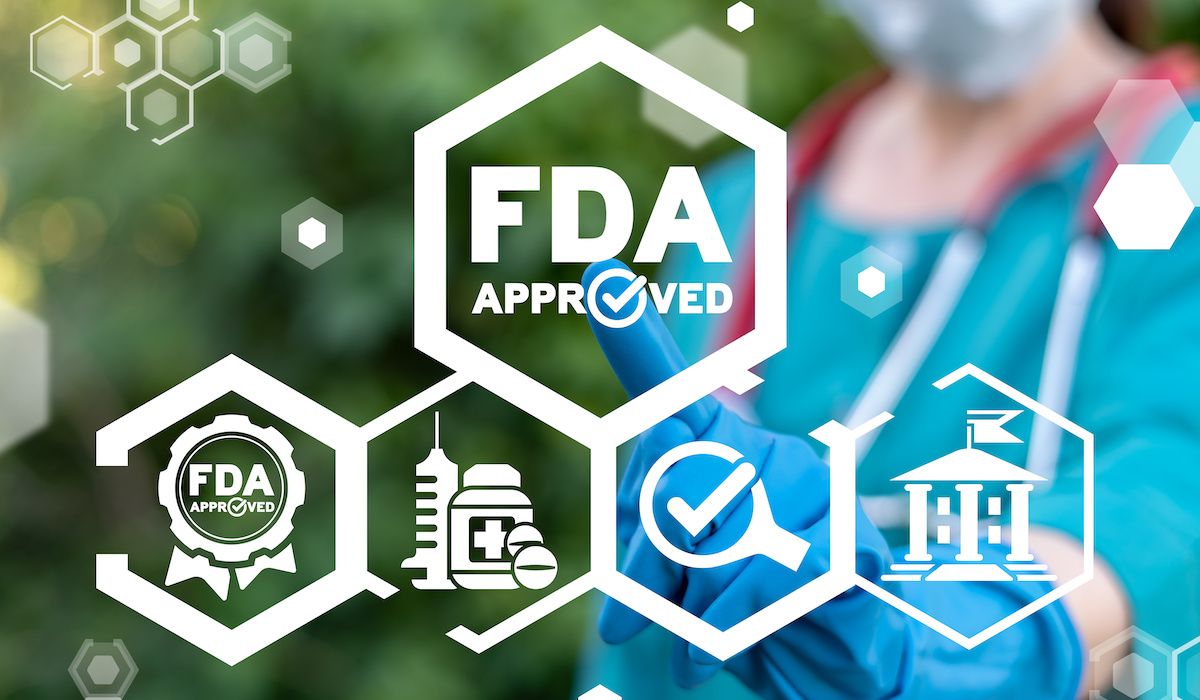Article
Solriamfetol Launches With Schedule IV Designation, Phase 3 Study Results
Author(s):
Prior to the launch of solriamfetol (Sunosi) for narcolepsy and obstructive sleep apnea, the Drug Enforcement Administration designated it as a Schedule IV drug, indicating that it has a low potential for abuse and a low risk of dependence. Around the same time, results from the phase 3 TONES 3 study were published, showing the drug’s efficacy in increasing wakefulness and reducing sleepiness.
Prior to the launch of solriamfetol (Sunosi) for narcolepsy and obstructive sleep apnea (OSA), the Drug Enforcement Administration (DEA) designated it as a Schedule IV drug, indicating that it has a low potential for abuse and a low risk of dependence. Around the same time, results from the phase 3 TONES 3 study were published, showing the drug’s efficacy in increasing wakefulness and reducing sleepiness.
The novel wake-promoting agent is the first dual-acting dopamine and norepinephrine reuptake inhibitor approved for adults with excessive daytime sleepiness associated with narcolepsy or OSA. It became commercially available in July in 75- and 150-mg doses.
According to a release from manufacturer Jazz Pharmaceuticals, the DEA’s designation supports the available evidence on the drug’s safety.1 “We are pleased that Sunosi has received a Schedule IV designation that aligns with our research demonstrating this medicine's relatively low potential for abuse and risk of dependence,” Bruce Cozadd, chairman and chief executive office of Jazz Pharmaceuticals, said in the statement.
In the June issue of the American Journal of Respiratory and Critical Care Medicine, investigators published results from the randomized, double-blind, placebo-controlled TONES 3 trial in 476 patients with OSA who had previous or current treatment for sleep apnea.2
They found that the coprimary end points, Maintenance of Wakefulness Test sleep latency and Epworth Sleepiness Scale score, were met at all 4 doses (37.5, 75, 150, and 300 mg) of solriamfetol (P <.05); effects were first observed at week 1 and continued through the duration of the 12-week trial. Additionally, 3 of the 4 treatment groups met the key secondary end point of significant improvement on the Patient Global Impression of Change scale (P <.05); the 37.5-mg dose group did not.
Adverse events (AEs) were common in both the placebo and study drug groups, with 47.9% and 67.9%, respectively, reporting AEs. Two patients (1.7%) in the placebo group and 3 (0.8%) in the solriamfetol group reported serious AEs, but none were determined to be related to the drug.
The study also assessed participants’ use of other therapies for OSA. At baseline, 69.7% and 73.5% of the placebo and solriamfetol groups, respectively, were receiving primary OSA therapy. Of these patients, the majority (91.6% and 92.7%) used positive airway pressure. The FDA’s prescribing label for solriamfetol instructs providers to ensure that underlying airway obstruction is treated with other modalities, such as a continuous positive airway pressure machine, for at least 1 month before beginning solriamfetol and continuing throughout treatment.3
References
1. Jazz Pharmaceuticals receives Schedule IV designation from DEA for Sunosi (solriamfetol) [news release]. Dublin, Ireland: Jazz Pharmaceuticals; June 17, 2019. investor.jazzpharma.com/news-releases/news-release-details/jazz-pharmaceuticals-receives-schedule-iv-designation-dea. Accessed July 24, 2019.
2. Schweitzer PK, Rosenberg R, Zammit GK, et al; TONES 3 Study Investigators. Solriamfetol for excessive sleepiness in obstructive sleep apnea (TONES 3): a randomized controlled trial. Am J Respir Crit Care Med. 2019;199(11):1421-1431. doi: 10.1164/rccm.201806-1100OC.
3. Solriamfetol [prescribing information]. Palo Alto, CA: Jazz Pharmaceuticals; 2019. www.accessdata.fda.gov/drugsatfda_docs/label/2019/211230s000lbl.pdf. Accessed July 24, 2019.





